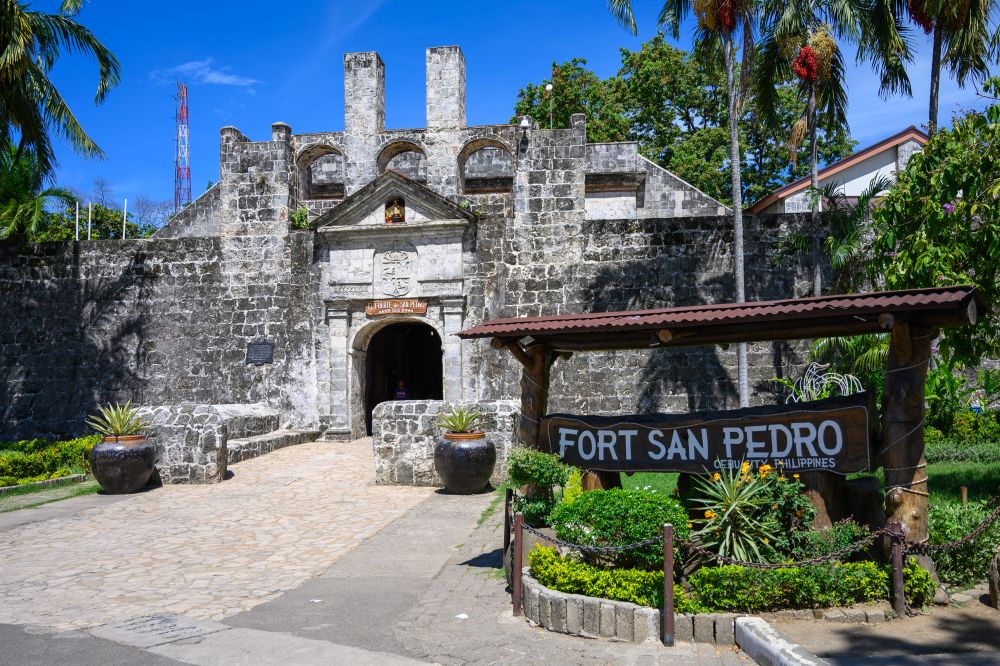

Fort San Pedro, located in the heart of Cebu City, Philippines, is a military defense structure constructed by the Spanish under the command of Miguel López de Legazpi, the first Spanish Governor-General of the Philippines. Its historical significance is rooted in its role as the oldest triangular bastion fort in the country, serving as a stronghold during the Spanish colonization.
Though built in 1565, it wasn't until the late 19th century that Fort San Pedro transitioned from a military fortification to a tourist attraction. The fort stood witness to numerous historical events, from the Spanish era to American colonial rule, and even in World War II when it was used by Japanese forces. The rich tapestry of events it has seen makes it a magnet for travelers interested in history.
After the Philippines gained independence, the fort underwent a series of restorations. It was in 1950 when Fort San Pedro was officially turned into a historical park, marking the beginning of its journey as a tourist destination. The Cebuano government, recognizing the fort's potential to attract tourists and educate the public about Philippine history, poured resources into its conservation.
In the 21st century, Fort San Pedro has become an integral part of Cebu City's tourism landscape. Beyond merely being a historical site, it has evolved to include a museum that showcases Spanish artifacts, paintings, and documents, as well as a well-maintained park where guests can relax. The fort is a significant landmark for Philippine heritage and is part of many city tours, school field trips, and cultural immersions.
Today, sustainable tourism is a major trend across the globe, and Fort San Pedro has aligned with this by focusing on the preservation of its historical integrity while accommodating tourists. Technology has also become a part of the visitor experience; augmented reality (AR) apps are currently being developed to make tours of the fort more interactive, enabling guests to visualize historical events and life during the Spanish period.
Moreover, experiential tourism has taken root, with reenactments and cultural shows often taking place within the fort's walls, allowing visitors to immerse themselves in history in more tangible and engaging ways.
Those who wish to visit Fort San San Pedro can find it open every day, usually from morning to evening. Entrance fees remain affordable to ensure accessibility for all visitors. Apart from individual and group tours, the fort also caters to special events like weddings and corporate gatherings within its historical ambiance.
As the tourism landscape continues to evolve, with shifts towards digital experiences and sustainable practices, Fort San Pedro maintains its role as a cornerstone of cultural and historical tourism in Cebu City. Despite the changes in tourism trends, the fort's timeless appeal endures, drawing visitors from around the world eager to step back in time and witness the living history of the Philippines.